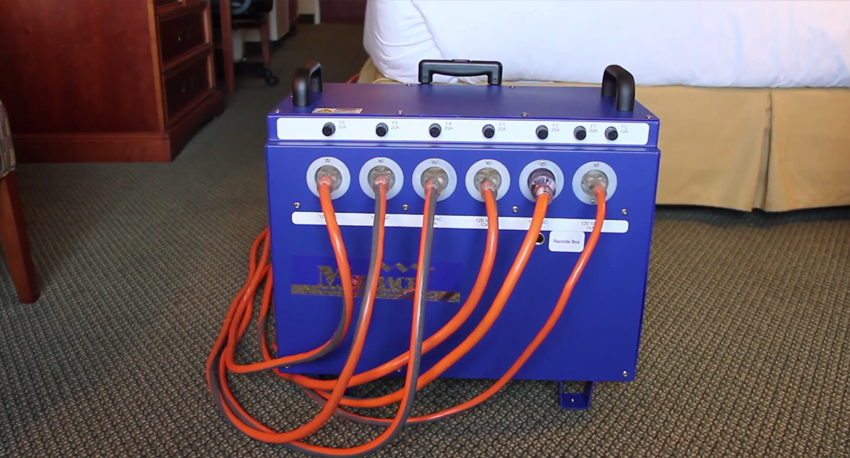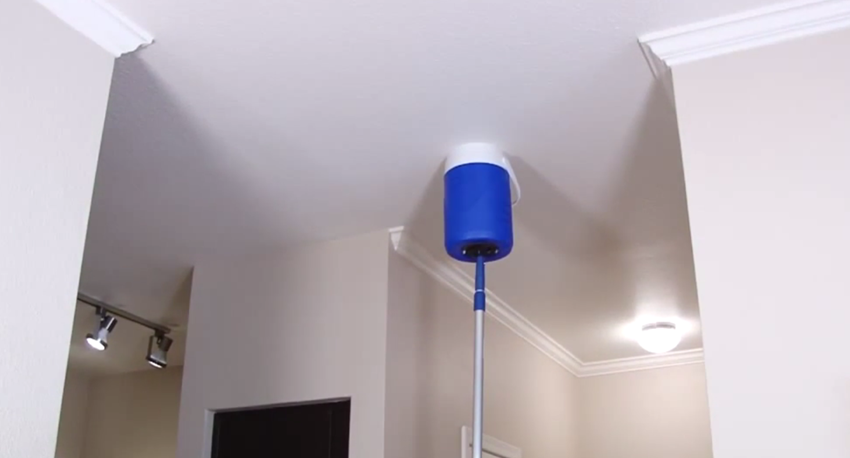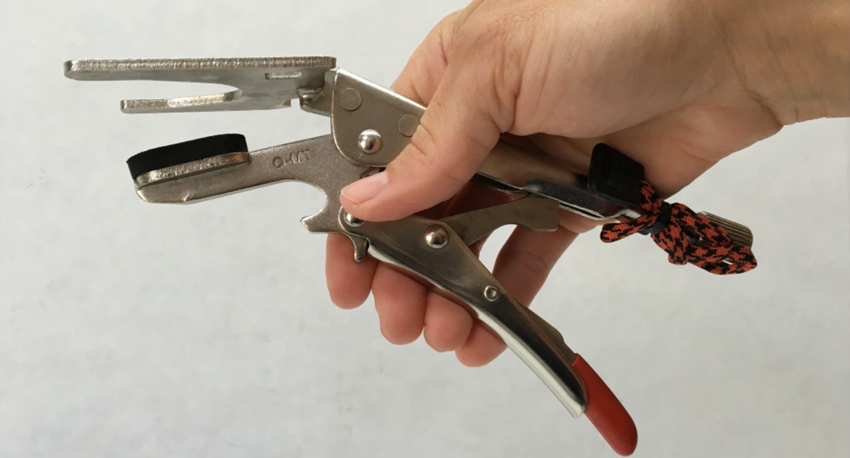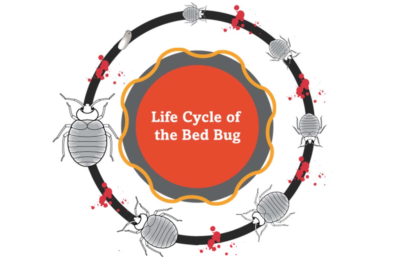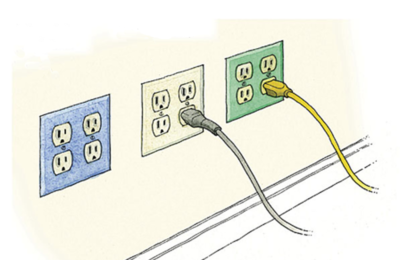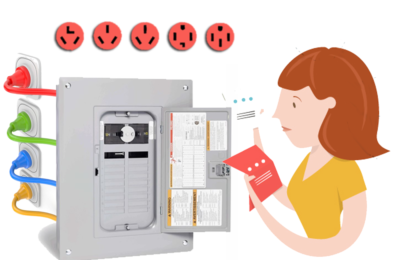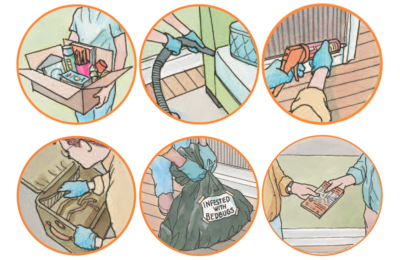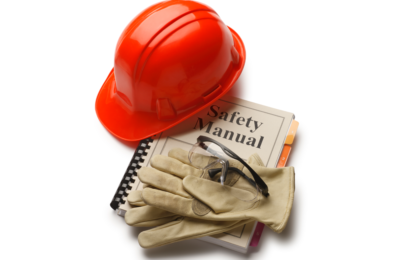A basic guide to equipment and setup
Let us help you. You may be able to find an answer for your question by viewing the FAQ page. Otherwise, please let us know how we can help you by filling out the inquiry form..
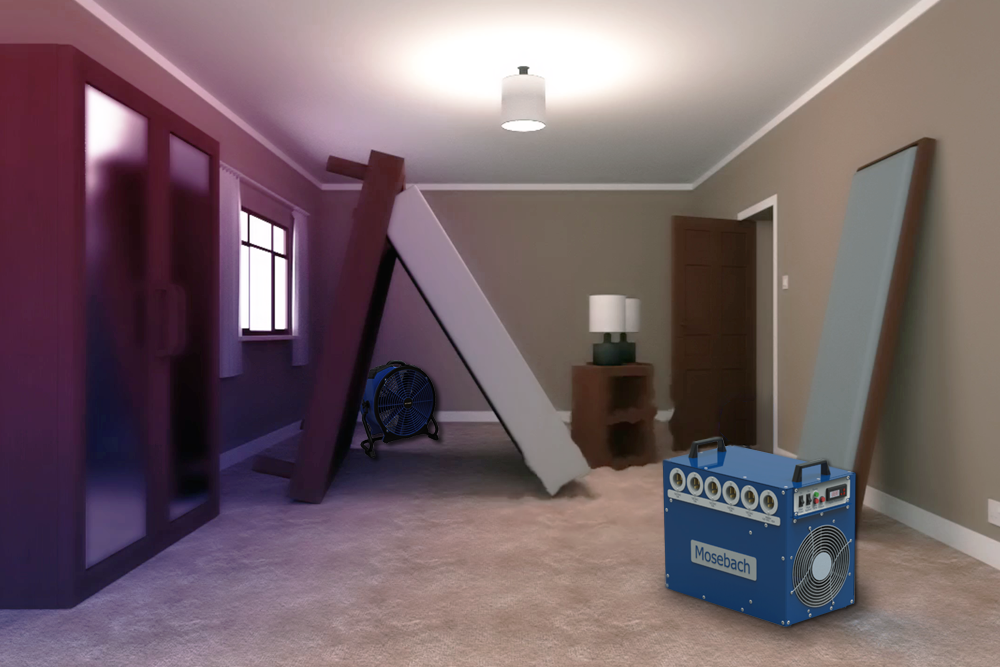
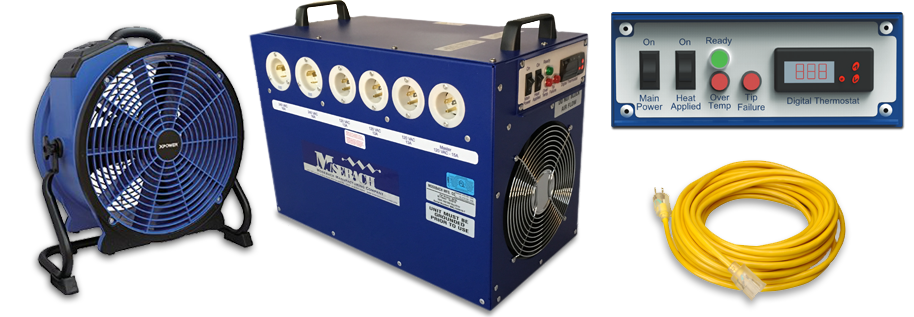
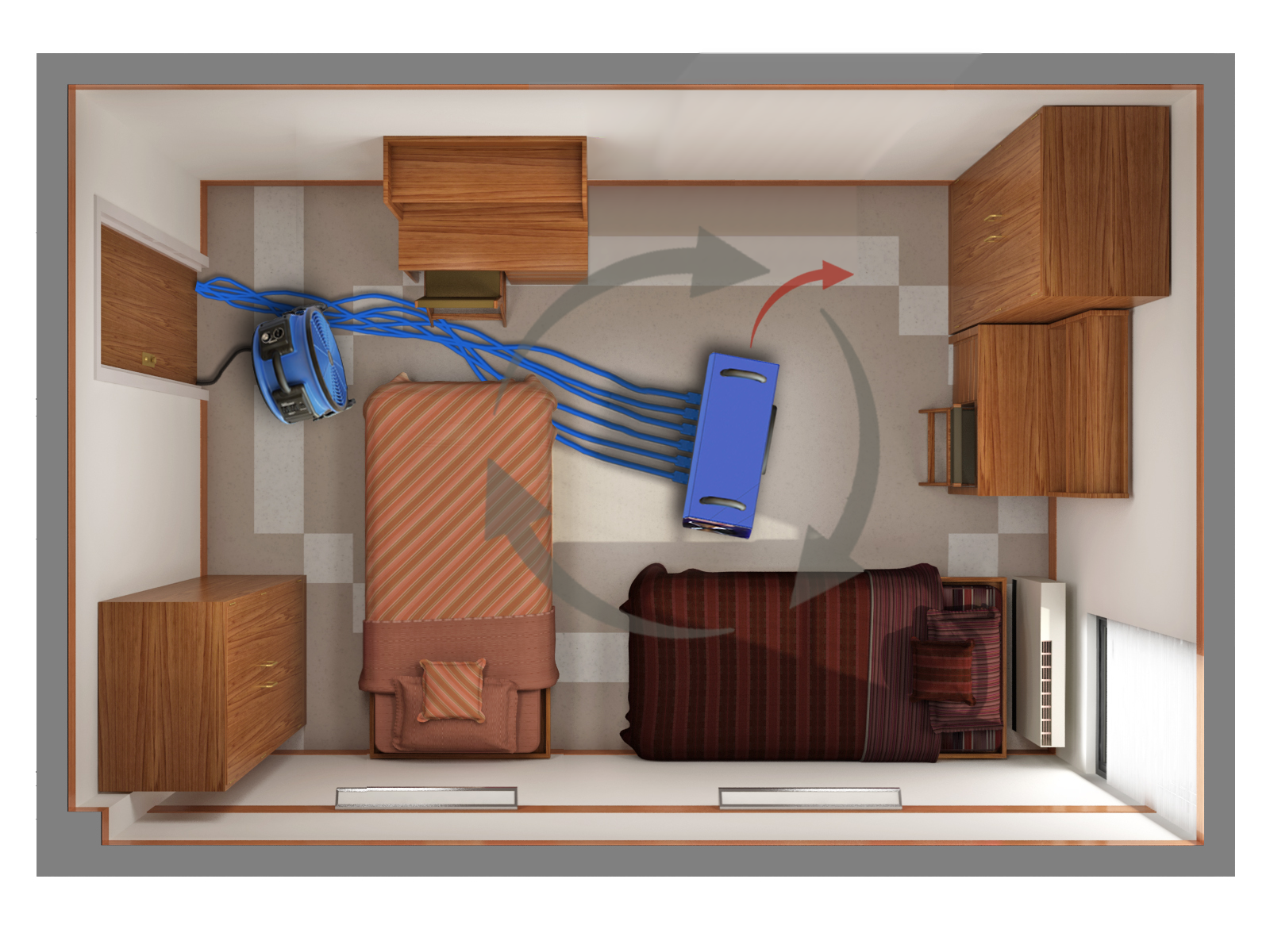
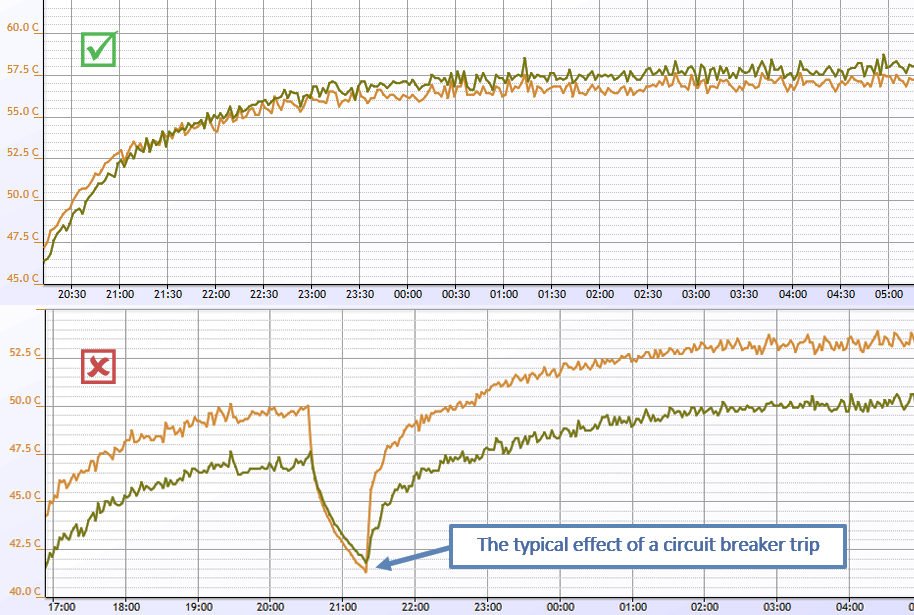
What's Needed For Treatment?
A typical heat treatment package consists of a heater, fans, temperature monitoring equipment and the training to perform the treatment correctly. Heat treatment packages feature powerful fans to help move air throughout the room. Air movement is critical and specific to the success of imparting the heated air into the room and ensures even coverage of treatment. Temperature monitoring is vital. You must reach the thermal death point of the target pests and hold that temperature for a period of time to kill the eggs.Heater
Fans
Temperature Controller
Training materials
Why do I need fans?
A bed bug heater has to be combined with one or more High-Temperature fan(s) to create the convection heating atmosphere desired for a successful heat treatment. The increased movement of heated air during a treatment helps to achieve the lethal temperature for bed bugs faster. The image shows temperatures recorded during heat treatment period in a 300 sq ft room. Two temperature sensors placed on the wall and positioned vertically one meter away from each other showing the temperature near the ceiling and the floor.
The first graph is the result of a correct setup: Inputs are plugged into separate circuit breakers. High-Temperature fan(s) has been used to distribute the heat evenly around the room.
The second graph is the result of an inaccurate setup: Inputs shared the same circuit breaker and caused the trip of the breaker(s). A lack of enough air circulation caused a wider temperature difference between ceiling and the floor.
Best Practices for Heating Rooms
- Stand or block box spring and mattress so hot air can contact all sides. Alternatively you can Put box spring and mattress in 'A' Frame on top of bed frame.
- Seal up room by placing a towel or blanket under the door if necessary. This helps the room reach temperature quicker.
- Place all fans blowing in the same direction along the walls in the area you are heating to circulate the hot air into every nook and cranny. If possible place at least one fan per wall. Turn on fans to ensure air movement is sufficient. Try to create a tornado effect.
- Keep the air inlet & outlet clear of any obstructions and loose material.
- Place heater(s) so that the air is being immediately swept up by the fans and the hot air coming directly out of the heater is not directly hitting any furniture or building materials before being blown about by the fans.
- Plug the extension cords into the available elements on heater. The 120V cords will plug into the outlets with a separate 15 amp breaker. It is not required to run all heating elements, but you must have the heating element that powers the heater plugged in. This provides the power to the switches and thermostat controller.
- Always check for fire sprinkler’s installed in a building. Not taking proper precautions prior to and during a heat treatment can result in activation of sprinkler systems or alarms. We recommend consulting with your local authorities or fire department officials on how to handle your particular system when considering heat treatments. While sprinkler head covers are available in the marketplace, they may not be sufficient or may violate local fire codes.
- Reach a target temperature of 57°C. It may take 5-8 hours to reach target temperature. Keep heater on target temperature for a minimum of an additional 6 hours once reached.
- Walls and ceilings made of block or concrete require more heat because they are more conductive of energy than drywall. This means 1 heater will heat less space when you have walls and/or ceilings with block or concrete. 50% more power is a general rule for these rooms. All buildings are not created equal and more conductive materials take more energy to heat.


